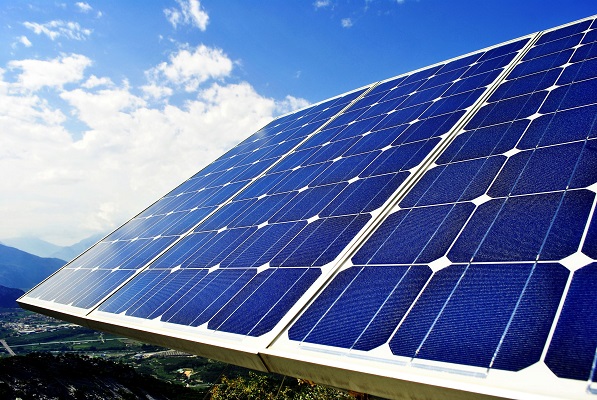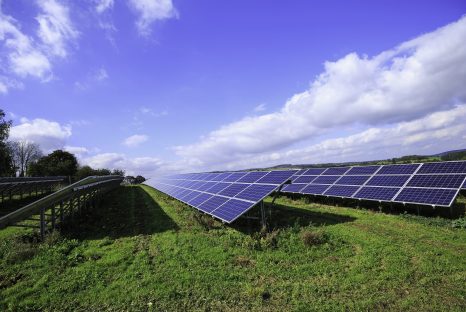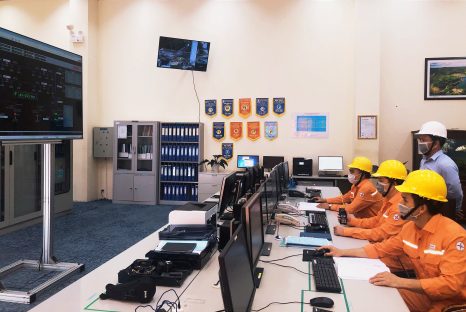Solar batteries can pollute the environment
According to many experts, after using the amount of discharged solar batteries will be harmful to the environment because they often contain lead, cadmium and other toxic substances.
According to scientists, lead, cadmium and mercury are considered the 3 most dangerous heavy metals to human health.
In addition, studies also show that the production of solar panels significantly increases emissions of nitrogen trifluoride (NF3), which is harmful to the environment as a greenhouse gas. 17,200 times more than carbon dioxide (CO2) over a 100-year period.
NF3 emissions have increased by 1,057% over the past 25 years, while CO2 in the US has increased by only about 5% over the same period.
Meanwhile, weather phenomena such as storms, tornadoes, earthquakes… can cause damage to these solar panels. For example, in 2015, a tornado damaged the Desert Sunlight company’s 200,000 operating panels in Southern California. Closer to home, the second largest solar farm in Puerto Rico, which produces 40% of Puerto Rico’s electricity, was severely damaged by a major storm.

Với 100.000 pound (1 pound = 0,454 kg) cadmium chứa trong 1,8 triệu tấm pin năng lượng Mặt trời lắp đặt tại một trang trại có diện tích 6.350 mẫu Anh (1 mẫu Anh = 0,4ha) ở Virgina, bất kỳ sự rò rỉ nào cũng gây ra nhiều quan ngại.
Mới đây, Cơ quan Năng lượng Tái tạo Quốc tế (IRENA) ước tính số lượng tấm pin năng lượng Mặt trời thải loại trên toàn cầu có thể tăng lên mức 78 triệu tấn vào năm 2050, từ mức vào khoảng 250.000 tấn cuối năm 2016.
Theo số liệu thống kê, Trung Quốc đứng đầu thế giới về số lượng nhà máy điện Mặt trời, vận hành số tấm pin năng lượng mặt trời cao gấp hai lần so với Mỹ và nước này chưa chuẩn bị kế hoạch xử lý các tấm pin cũ. Ước tính đến năm 2050, số tấm pin năng lượng mặt trời thải loại tại Trung Quốc vào khoảng 20 triệu tấn, tương đương gấp 2.000 lần trọng lượng của tháp Eiffel ở Pháp.
Một nghiên cứu cho thấy Toshiba Environmental Solutions sẽ phải mất tới 19 năm để hoàn tất việc tái chế toàn bộ lượng pin năng lượng mặt trời mà Nhật Bản sản xuất vào năm 2020. Đến năm 2034, lượng pin năng lượng mặt trời cần được tái chế sẽ cao gấp 70-80 lần so với năm 2020.





